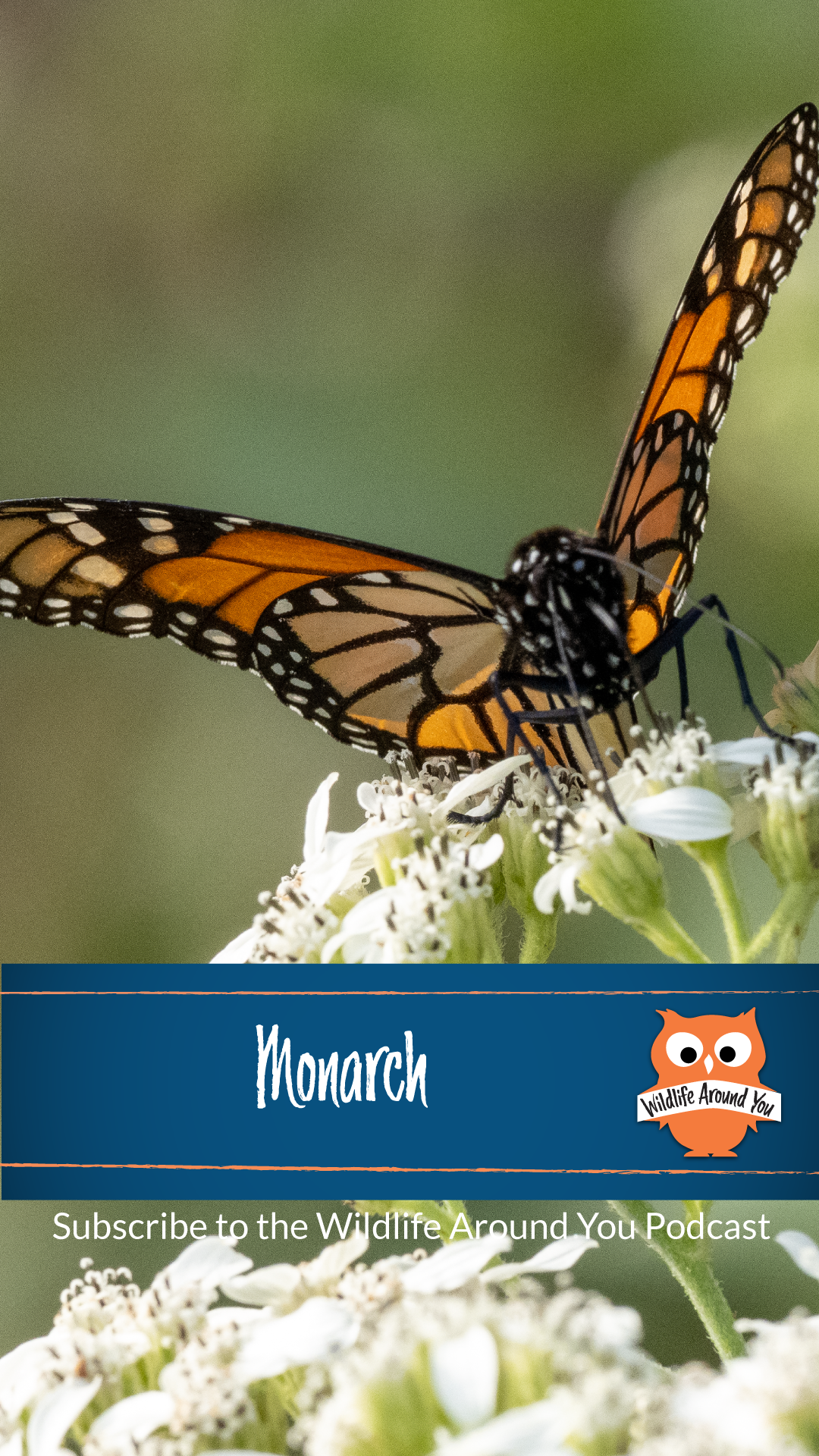Identification
- The monarch butterfly is a medium-sized butterfly with a wingspan ranging from 3.5 to 4 inches.
- Its wings are bright orange with black veins and borders, and it has white spots along the edges.
- The wings of male monarchs have a small black patch of scent scales on each hindwing, which is absent in females.
- The undersides of the wings are similar in color but have more subdued patterns.
Habitat
- Monarch butterflies are found primarily in North America, from Canada to Mexico.
- They inhabit a wide range of ecosystems, including meadows, fields, gardens, and coastal areas.
- Monarchs are known for their long-distance migrations, with some individuals traveling up to 3,000 miles to reach their overwintering grounds.
Nesting
- Monarchs do not build permanent homes like birds or mammals.
- They are nomadic and constantly on the move, searching for nectar-rich flowers and suitable breeding sites.
- Female monarchs lay their eggs on specific host plants, primarily milkweed species, which serve as food sources for their caterpillars.
Behavior
- Monarchs are known for their distinctive and delicate flight patterns, often flapping their wings slowly and gracefully.
- They are diurnal, meaning they are active during the day.
- Monarchs are highly social butterflies and often form large aggregations during migration and in overwintering sites.
Offspring
- Female monarchs lay their eggs singly on milkweed plants, usually on the underside of leaves.
- Each butterfly can lay hundreds of eggs during its lifetime.
- The eggs hatch into caterpillars, which go through several instars (stages) before forming a chrysalis.
- The chrysalis undergoes metamorphosis, and after approximately two weeks, an adult butterfly emerges.
Predators
- Monarch butterflies face several natural predators throughout their life cycle.
- In the caterpillar stage, they are preyed upon by birds, spiders, wasps, and other insects.
- In the adult stage, they are vulnerable to predation by birds, bats, reptiles, and insects.
- Monarchs have evolved warning coloration, with their bright orange wings serving as a signal to potential predators that they are toxic or distasteful.
Diet
- Monarch caterpillars feed exclusively on milkweed plants (Asclepias species).
- They have developed a unique adaptation to tolerate and sequester toxins from milkweed, making them unpalatable to many predators.
- Adult monarchs primarily feed on the nectar of various flowering plants, including milkweed, asters, goldenrod, and many others.
Fun Facts
- Monarch butterflies undertake one of the most remarkable migrations in the animal kingdom. Every fall, millions of monarchs from eastern North America migrate to a small area in the highlands of central Mexico, where they overwinter. Western populations migrate to coastal California.
- Monarchs use a combination of environmental cues, including the position of the sun and Earth’s magnetic field, to navigate during their long migrations.
- They are the only butterfly species known to make a two-way migration, meaning they return to their breeding grounds in the spring.
- Monarch populations have been declining in recent years due to habitat loss, climate change, pesticide use, and other factors, making their conservation an important focus for scientists and conservationists worldwide.

